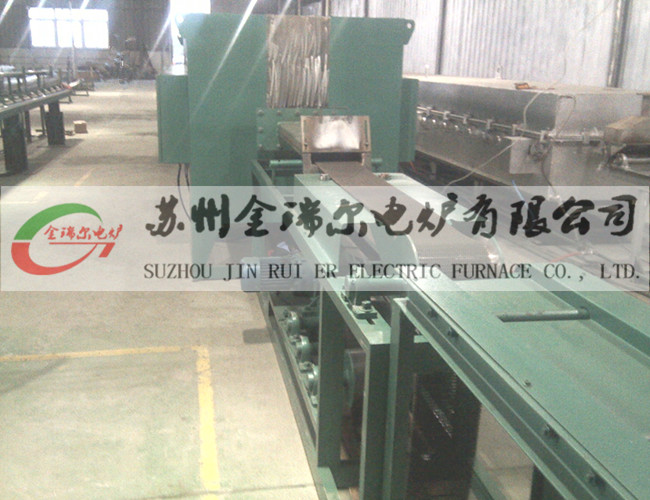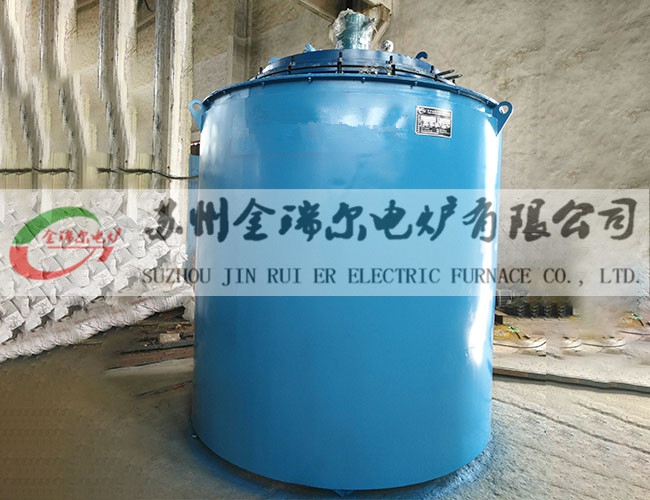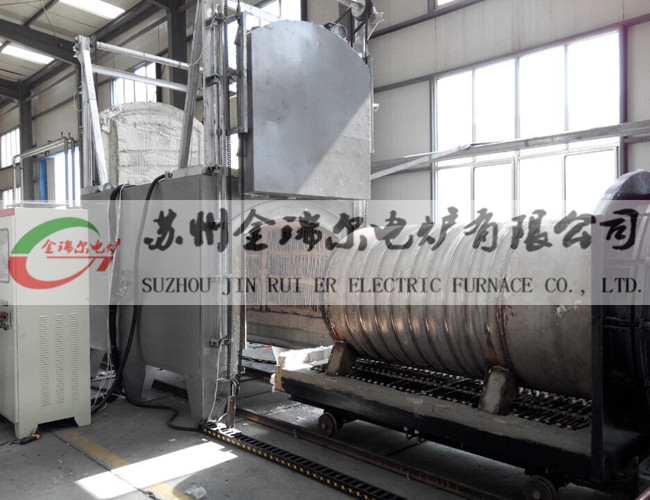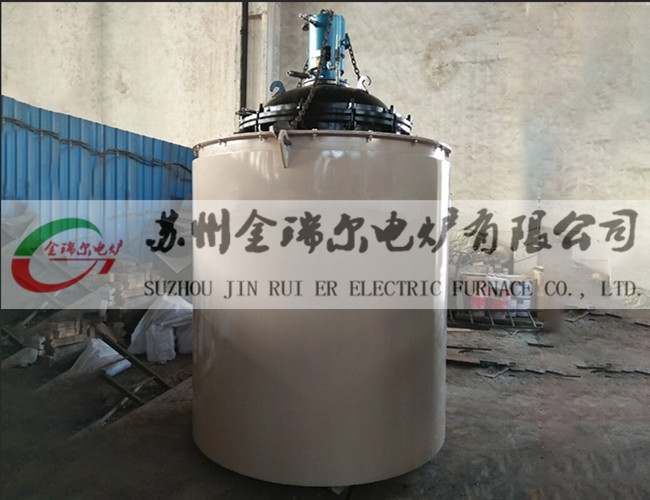Types of annealing and quenching
1、 Types of annealing
1. Complete annealing and isothermal annealing
This kind of annealing is mainly used for casting, forging and hot rolling of various carbon steels and alloy steels with hypoeutectoid composition, and sometimes for welding structures. It is usually used as the final heat treatment of some non heavy work pieces or as the pre heat treatment of some work pieces.
2. Spheroidizing annealing furnace

Spheroidizing annealing is mainly used for hypereutectoid carbon steel and alloy tool steel (such as cutting tools, measuring tools and dies). Its main purpose is to reduce the hardness, improve the machinability, and prepare for later quenching.
3. Stress relief annealing
Stress relief annealing is also called low temperature annealing (or high temperature tempering). This kind of annealing is mainly used to eliminate the residual stress of castings, forgings, weldments, hot rolled parts, cold drawn parts, etc. If these stresses are not eliminated, deformation or cracks will occur in the steel parts after a certain period of time or in the subsequent cutting process.
2、 During quenching, the common cooling media are brine, water and oil. The workpiece quenched by brine is easy to get high hardness and smooth surface, so it is not easy to be quenched
Soft point is not hard, but it is easy to make the workpiece deformation, even cracking. Using oil as quenching medium is only suitable for quenching homogenization of some alloy steels with high stability of undercooled austenite or small-size carbon steel workpieces. It uses long-time heating at high temperature to fully diffuse the internal chemical composition, so it is also called "diffusion annealing". The heating temperature varies with the type of steel. Large ingots are usually homogenized between 1200 ℃ and 1300 ℃, high carbon steels are homogenized between 1100 ℃ and 1200 ℃, and general forged or rolled steels are homogenized between 1000 ℃ and 1200 ℃.
The complete annealing furnace is to heat hypoeutectoid steel to 30 ~ 50 ℃ above AC3 temperature and hypereutectoid steel to about 50 ℃ above AC1 temperature, keep enough time at this temperature to form single phase structure (hypoeutectoid steel) or mixed structure of wollastonite and cummingite, and then soften the steel by furnace cooling, so as to obtain the ductility and microstructure of the steel Grain structure.
The main purpose of spheroidizing annealing is to agglomerate the layered or network carbides in steel materials into spheroids by heat treatment, so as to improve the cutting performance and processing plasticity of steel, especially for high carbon tool steels. Common spheroidizing annealing treatments include:
(1) After repeated heating and cooling for several times above and below the A1 temperature of the steel, the hematite precipitated from A1 metamorphosis continues to adhere to the spheroidized carbide;
(2) After heating to above A3 or ACM temperature of steel, the initial carbide is completely dissolved in wollastonite and then rapidly cooled, and then spheroidized according to the above method. By spheroidizing carbides, the toughness of steel after quenching can be increased, the quenching crack can be prevented, the mechanical properties of steel after quenching and tempering can be improved, and the service life of steel can be prolonged.









